Do you have a question about the TESA MICRO-HITE+M and is the answer not in the manual?
| Resolution | 0.001/0.01 mm | .00005/.0005 in |
|---|---|
| Accuracy | (1.8 + L/600) μm (L in mm) |
| Operating Temperature | 10 - 40 °C |
| Repeatability | 0.5 μm |
| Display | Digital |
| Interface | RS-232 |
| Measuring Range | 0-520 mm (0-20.5 in) |
| Measurement Range | 0-520 mm (0-20.5 in) |
Emphasizes reading the manual before use to prevent instrument malfunction or damage.
Details the FEEL&MOOVE system for instrument movement and function activation.
Covers stability, power cable, transformer, and voltage requirements for safe operation.
Provides step-by-step instructions for unpacking and setting up the height gauge.
Details the actions possible using the measurement zone keys and numerical keyboard.
Covers settings for resolution, units, angle units, temperature compensation, and speed.
Details the automated search for the reference mark on the glass scale.
Describes the manual process where the user moves the probe to find the reference mark.
Introduces the master piece accessory and its importance for probe constant determination.
Outlines the processes for determining the probe constant using the master piece.
Explains the core differences and applications of ST1 and ST2 measurement modes.
Describes the process of manual single probing using the handwheel.
Details the automated process for single probing on motorized models.
Details dynamic culmination point measurement by moving the workpiece.
Details how to capture reference values with single probing in ST1 mode.
Describes the automatic probe calibration process upon entering ST2 mode.
Details capturing reference values via single or double probing in ST2 mode.
Explains the concepts of single and double probing for direct measurement and efficiency.
Details the measurement principle for MH+M in this mode, involving probe positioning and workpiece movement.
Guides through a step-by-step example of 2D measurement, focusing on angle calculation.
Explains the principle of creating measuring sequences by learning from a piece.
Guides on running a loaded measurement sequence.
Provides instructions for updating the instrument's software using a USB key.
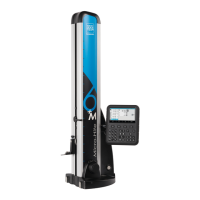
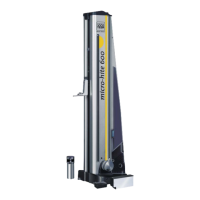
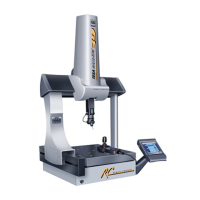
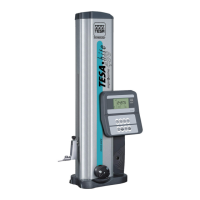
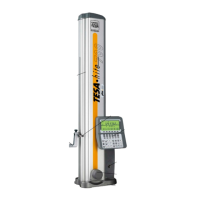
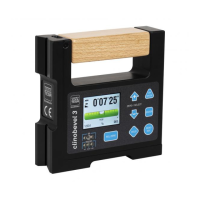
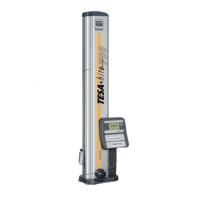
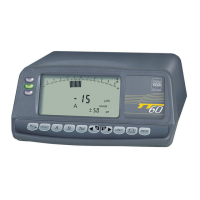
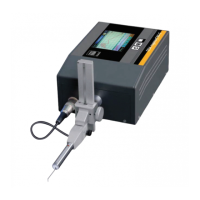
